The most common misconception about achieving your best physical health is the primary importance of fitness. While fitness plays a pivotal role in your strength, flexibility, muscular endurance, and cardio endurance, it still relies heavily on your nutrition. Without the proper nutrition for your body type, you will not have the energy or building blocks to sculpt the healthy body you want. Any nutritional deficit or inflammation will affect your ability to get in shape, live to 100, or reduce injury.
If you’re interested in weight loss or general physical health, read Dr. Fuhrman’s book Eat to Live. It helps you understand your body and its needs. In the meantime, follow the simple dietary plan below as a first step in this process. It is loosely based on his suggestions.
Simple Plate Ratio
Most clients lose weight within the caloric range of 1200-1500 calories (you must determine the healthiest amount for you). Limit your calorie intake to 400 calories per meal. Break down the contents of your plate for every meal into the following percentages:
· 25-40% Protein (lean meat, fish, seafood, soy, eggs, plants, etc.)
· 45-55% Vegetables (any)
· 25% Fiber (beans, legumes, fruit, plants, etc.)
Add to Your Diet
Choose the most nutritionally dense foods for every meal using the Simple Plate Ratio as your guide. Foods in the whole form will provide the necessary macronutrients for proper absorption and digestion.
· If you want fiber, substitute grains with beans or dark leafy greens.
· If you want calcium or vitamin d, substitute dairy with dark leafy greens.
· If you want antioxidants, substitute red wine with grapes.
· If you want protein, substitute a protein supplement shake with lean meat, eggs, fish, or soy.Subtract from Your Diet (Subtraction List)
Our bodies are equipped to handle quite a bit. Like the rest of nature, the human body has boundaries as well. The following items have been scientifically proven to cause weight gain, inflammation, and more. Determine your sensitivity to each of the items.
· Grains including whole grains or all-bran products (breads, crackers, rice, cereals, etc.)
· Processed foods (products with additives and preservatives; genetically modified foods; or anything else not in its whole natural form)
· Dairy (butter, animal milk, and cheese)
· Alcohol, refined sugar, and artificial sweetners
· Animal protein with high levels of saturated fat (most red meat, pork, wild game, etc.)
Integrating Change
Record your consumption everyday and study your body's response to your diet. Develop boundaries based on your physical symptoms and weight loss results. You might employ a moderate version of the recommendations:
· Don't exceed 2 portions of any items per week on the Subtraction List
· Avoid domino foods (foods you can’t limit to one-i.e. chips, nuts, etc.)
· If you drink alcohol, it must not push you over the set caloric amount for the day
Your weight loss will depend on your adherence to the guidelines above. There is no doubt that you will lose weight if you:
· Track your food intake
· Follow the recommended calorie amounts
· Moderately integrate the subtraction list
· Create a new routine based on these recommendations
As you determine your sensitivity to the Subtraction List, you may incorporate more flexibility your eating habits. Please note that the further you stray from this plan the less weight you will lose. It is based on 10 years of research (individual studies, government doctrine, Dr. Fuhrman, and more) and client success across all genders, ages, and activity levels. Push through Month 1 and you can redefine your new boundaries in Month 2!
Disclaimer:
Please consult your doctor before starting any nutritional plan or following any dietary advice....and never listen to a personal trainer in Chicago who recommends supplements.
Article Credit:
Your 1 Month Weight Loss Plan
